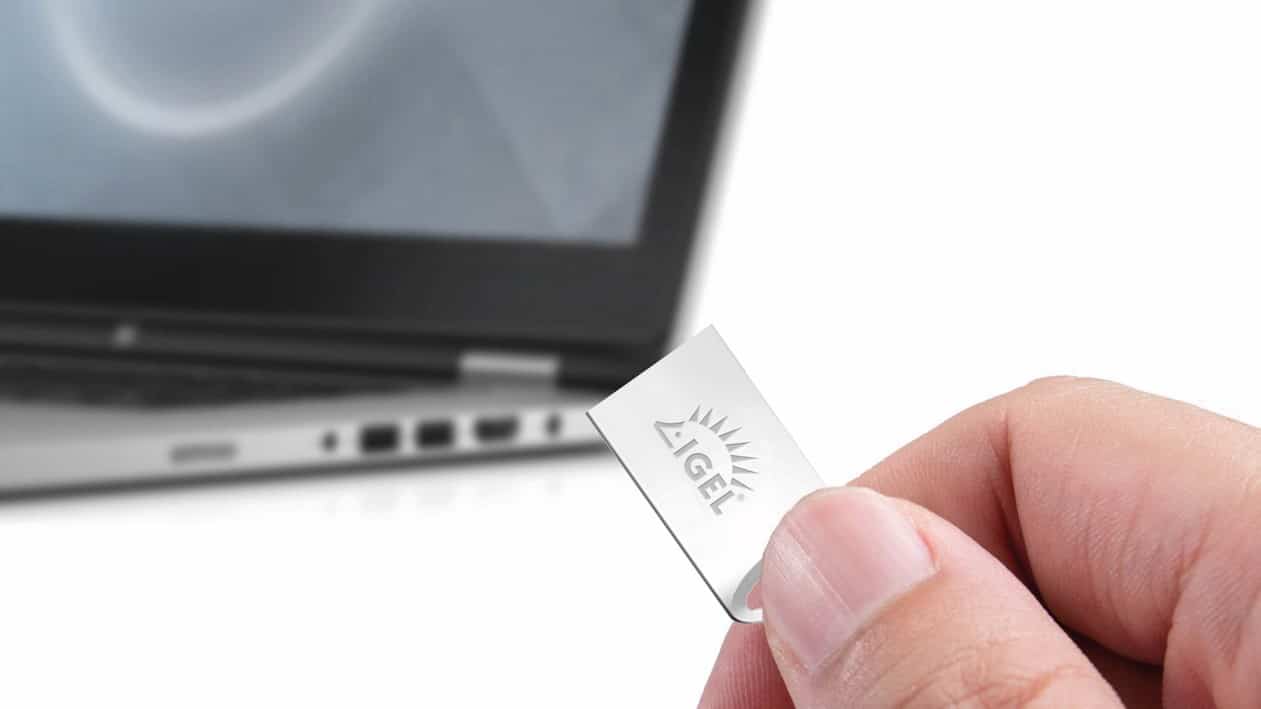IGEL Blog
Endpoints, Virtualization Are Answers to Mobile Worker Demands
Endpoints and Virtualization Answer to Mobile Worker Demands
A new global market report predicts the mobile applications market sector to almost double by 2021, from $12.2 billion to nearly $24 billion. We are witnessing a permanent shift in where and how people work. Millennials, notably, enter the workforce with the expectation they can enjoy the same mobility and flexibility at work they enjoy recreationally as they Uber around cities.
In 2017 we will see a further move toward virtualization as organizations further evolve to meet the demands of mobile workers. That means freeing workers from static desk environments and providing them with a user experience that is consistent and robust, regardless of which device they are using at the time.
“Endpoint Revelation”
We also believe the next year will see more organizations having a ‘endpoint revelation,’ because application access using endpoint technology now has performance parity with PCs. Thus, IT teams will be seeking endpoints to reduce costs and tighten security while delivering a complete desktop experience to mobile workers. Whether it’s a laptop, desktop or other device, endpoints can now provide the user at the endpoint with all the applications they need to be productive, while in an airport, café, or home.
Tech Advances for the Mobile Worker
Technology never stands still so here are a few advancements that will support the mobile worker in 2017:
Cloud Delivered Applications
Microsoft making Windows 10 available in the cloud via Azure is a game changer. Acknowledging that today’s workforce wants to be able to access applications from any device, anywhere, is a smart move. The cloud is the channel that makes this possible, and with endpoints delivering the virtualized desktop, mobile workers now have a complete ‘desk’ wherever they may be!
Mobile Device Management
Mobile workers access applications via public clouds, creating challenges for managing endpoints not on the corporate network. As a result, you will begin to see the mobile device management (MDM) concept evolve further. Organizations are resigned to the BYOD culture and working to improve management of offsite devices without compromising the end user experience and productivity.
Security Concerns
Mobility adds another dimension of security concerns. Organizations will continue to fight malware on all fronts and that includes mobile workers’ many devices. To ensure the security of stored proprietary customer and corporate data, we will see an increase in the adoption of multi-purpose terminal devices or endpoints. Because such terminal technology requires effective device management, we will see a surge of new endpoint security and optimization features that will include device and network awareness for management, security and control purposes.
New Mobile Features
Expect to see more enhancements to endpoint technology as mobile workers drive innovation. USB-bootable devices are one example. These ‘super micro-endpoints’ have security in mind by enabling organizations security controls while providing remote and mobile workers on-demand access to a fully-functional VDI environment.
Mobile applications, a mobile workforce and a new generation of workers who expect to have their desktop, when, where and how they desire, will continue to drive innovation in 2017. Organizations are embracing the virtualized desktop and endpoint technology as a means of delivering this anywhere-anytime fully loaded desktop to the worker.
Note: This article initially appeared as an Executive Viewpoint 2017 Prediction article in Virtual-Strategy Magazine on January 24, 2017.


